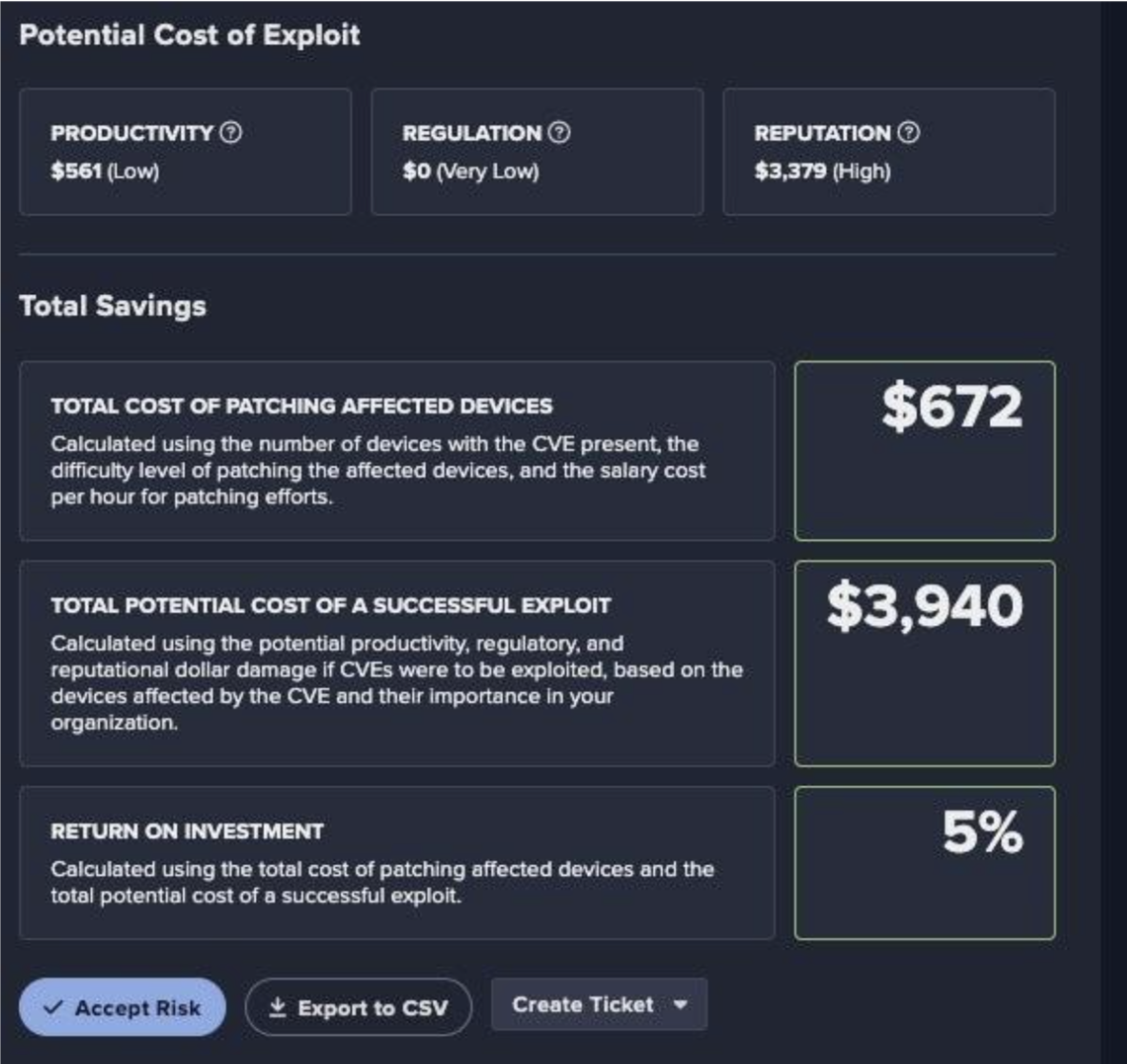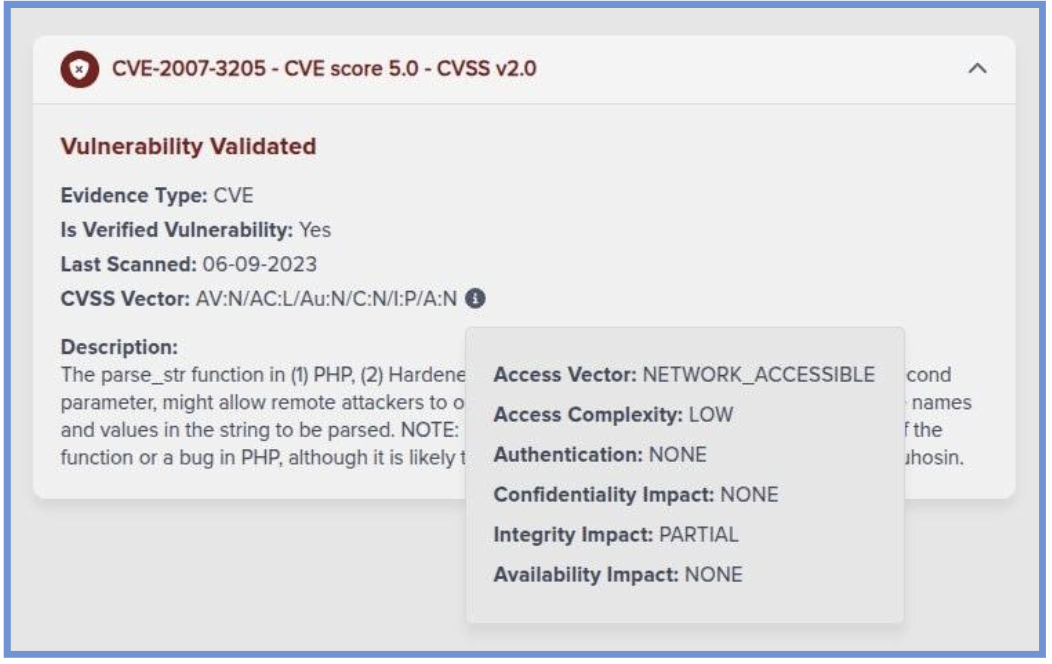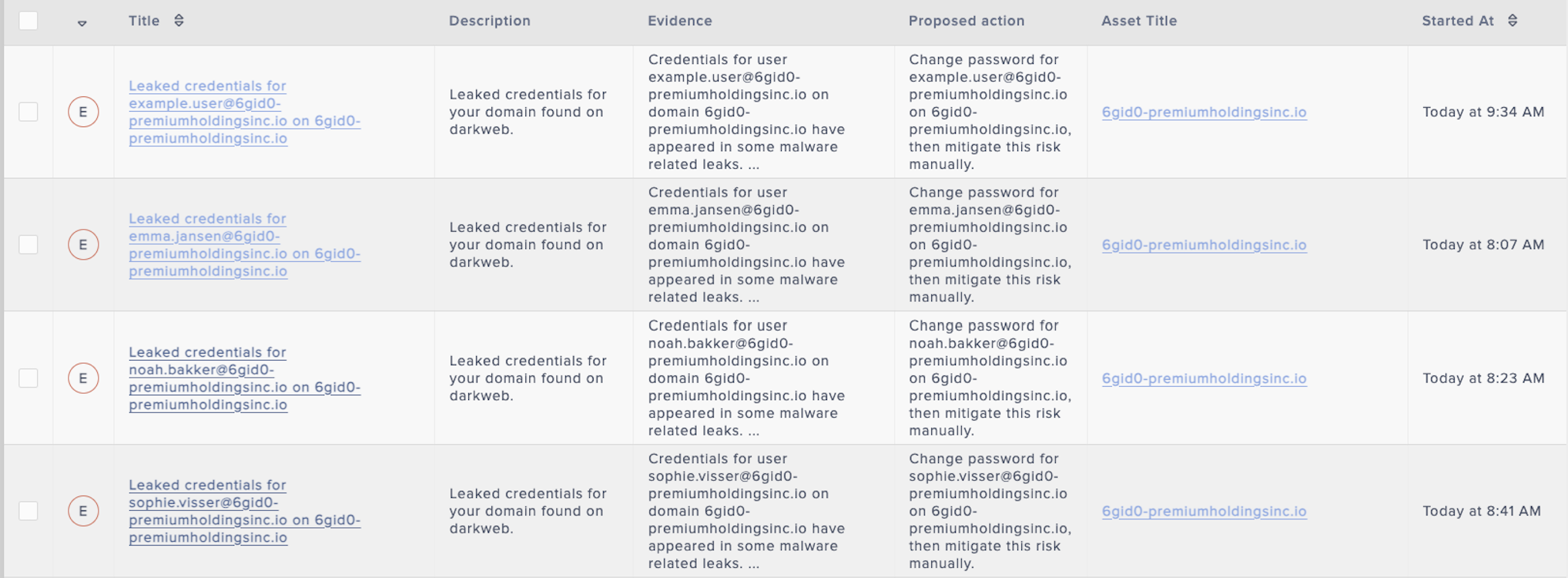Headquartered in Saudi Arabia, this industry leading petrochemical manufacturer serves customers in more than 80 countries across diverse markets throughout Europe, Africa, Latin America, the Middle East, China, and Southeast Asia.
Cyber resiliency critical to growth strategy
This leading petrochemical manufacturer’s vision is to be one of the major global players in the production and marketing of designated petrochemicals and downstream products. The company aims to significantly increase its capacity to up to a million metric tons within the next few years.
With cyber-attacks on critical infrastructure increasing 30% globally last year, cyber resiliency is essential to supporting the company’s strategic business goals of:
- Maximizing production through efficient asset utilization
- Maximizing sales by conducting 90% of its business outside Saudi Arabia
- Optimizing resources and processes by integrating with UN Global Compact principles for sustainability and efficiency
- Growing its business portfolio by engaging in joint ventures to diversify production and add value to the economy
However, the industry leader faced several challenges in its drive to fortify its cybersecurity defenses.
Visibility gaps delay response time
The company’s existing security setup provided limited visibility to the in-house security team, hindering its ability to detect anomalous network and user activity in real time. This resulted in delayed responses to potential incidents, making proactive issue resolution difficult and any remediation in the event of a successful attack costly and time-consuming.
Manual detection drains resources
Without automated detection and response capabilities, the organization’s security team had to manually monitor for suspicious activity – a time-consuming and inefficient approach that strained resources and left the organization vulnerable. This made it difficult for the team to stay current with training or acquire new skills and certifications, which are core to the ethos of both the company’s owners and the team itself.
Cyber-attacks on critical infrastructure increasing
The petrochemical manufacturer is part of a broader ecosystem of companies, making the protection of its supply chain – both upstream and downstream – critical. With several manufacturing entities and multiple locations, the customer’s internal structure is complex and challenging to secure. As cyber-attacks on critical infrastructure escalate, it needed a more comprehensive approach to safeguard its business and the wider ecosystem.
Keeping and growing skills and focus in-house
To strengthen its cybersecurity strategy, the company considered two options:
- Make a significant initial and ongoing investment in a Security Operations Center (SOC), which would involve skills development outside the company and substantial management overhead.
- Use a combination of new, automated tools and an outsourced Managed Detection and Response (MDR) service to reduce the burden on internal security specialists and allow the company to invest in upskilling its staff so they can focus on more strategic tasks.
Faced with this choice between entirely outsourcing security and augmenting the security team with new capabilities, the customer chose the second option, selecting Darktrace to automate the company’s monitoring, detection, and response. Today, the petrochemical manufacturer is using:
- Darktrace / NETWORK™ and Darktrace / ENDPOINT™ for Network Detection & Response (NDR)
- Darktrace / Managed Detection & Response for 24/7 SOC support
- Darktrace / EMAIL™ for AI-powered email security
- Darktrace / ENDPOINT™ to maintain network visibility for a select group of remote and mobile users
- Darktrace / Proactive Exposure Management™ to automate risk insights, model attack paths, manage threats, enhance training, and strengthen responses
Extending the SOC with 24/7 expert support
To alleviate the burden on its lean security team, the company augmented its in-house capabilities with Darktrace’s Managed Detection & Response service. This support acts as an extension of its SOC, providing 24/7 monitoring, investigation, and escalation of high-priority threats. With Darktrace’s global SOC managing alert triage and autonomously containing threats, the organization’s internal team can focus on strategic initiatives. The result is a stronger security posture and increased capacity to proactively address evolving cyber risks – without expanding headcount or sacrificing visibility.
A unique approach to AI
In its search for a new security platform, the company’s Director of Information Technology said Darktrace’s autonomous response capability, coupled with Self-Learning AI-driven threat reduction, were two big reasons for selecting Darktrace over competing products and services.
AI was a huge factor – no one else was doing what Darktrace was doing with [AI].”
Demonstrated visibility
Before Darktrace, the customer had no visibility into the network activity to and from remote worker devices. Some employees need the ability to connect to its networks at any time and from any location, including the Director of Information Technology. The trial deployment of Darktrace / ENDPOINT was a success and gave the team peace of mind that, no matter the location or device, high-value remote workers were protected by Darktrace.
Modular architecture
Darktrace's modular architecture allowed the company to deploy security controls across its complex, multi-entity environment. The company’s different locations run on segregated networks but are still interconnected and need to be protected. Darktrace / NETWORK provides a unified view and coordinated security response across the organization’s entire network infrastructure, including endpoint devices.
Results
The petrochemical manufacturer is using Darktrace across all of its locations and has achieved total visibility across network and user activity. “Darktrace is increasing in value every day,” said the Director of Information Technology.
I don’t have a big team, and Darktrace makes our lives very, very easy, not least the automation of some of the tasks that require constant manual review.”
Time savings frees analysts to focus on proactive security
Darktrace / NETWORK provides continuous, AI-driven monitoring and analysis of the company’s network activity, user behavior, and threat patterns, establishing a baseline of what normal activity looks like, and then alerting analysts to any deviations from normal traffic, activity, and behaviors. Darktrace’s autonomous response capabilities speed up response to detected threats, meaning intervention from the security team is required for fewer incidents and alerts.
In October 2024 alone, Darktrace Cyber AI Analyst saved the team 810 investigation hours, and autonomously responded to 180 anomalous behaviors that were uncovered during the investigations. With Darktrace managing the majority of threat detection and response efforts, the security team has been able to change its day-to-day activity from manual review of traffic and alerts and belated response to activity, to proactively fortifying its detection and response posture and upskilling to meet evolving requirements.
Layered email protection reduces phishing threats
The company’s email infrastructure posed a challenge due to petrochemical industry regulations requiring on-premises email servers, with some security delivered via Microsoft Azure. By integrating Darktrace / EMAIL into the Azure stack, the organization has reduced the volume of phishing emails its users receive by 5%.
“Now we have one more layer of security related to email – every email goes through two filters. If something is not being caught or traced by Azure, it is being detected by Darktrace,” said the Director of Information Technology. “As a result, we’re now seeing only about 15% to 20% of the phishing emails we used to receive before implementing Darktrace.”
Preparing for a secure future
The time saved using Darktrace has helped the security team take proactive steps, including preparing for new cyber resilience regulations for Saudi Arabia’s Critical National Infrastructure, as mandated by the National Cybersecurity Authority (NCA).
“The team now has ample time to prepare policies and procedures that meet the new NCA regulations and, in some cases, enhance the requirements of the new law,” said the Director of Information Technology. “All of this is possible because they don’t need to keep watch; Darktrace takes on so much of that task for them.”











































